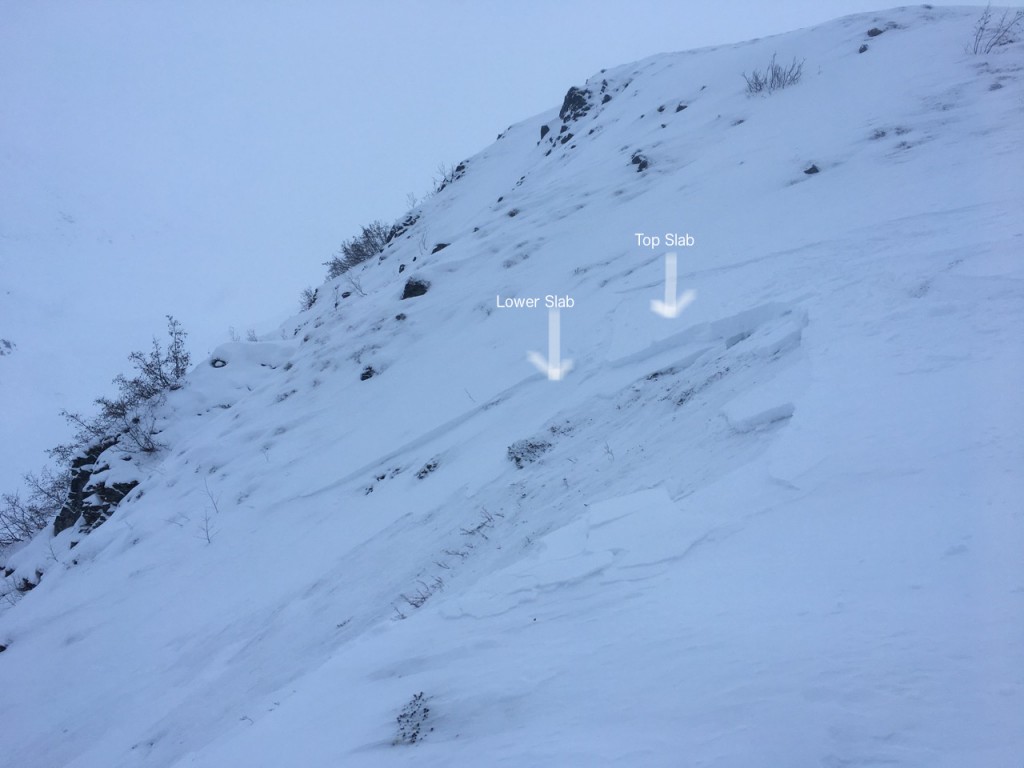Turnagain Pass
|
|
There remains a MODERATE avalanche danger on all slopes near and above treeline. Triggering a slab avalanche 1-2+’ thick is still possible and the likelihood goes up as one travels to areas that have had less traffic this season. This is due to a buried layer of surface hoar that remains reactive. Additionally, triggering a classic wind slab avalanche is also possible today on steep slopes that have recently been loaded by winds.
If you are headed to Summit Lake take a look at Aleph’s weekly summary.
Interested in forecasting snow/weather conditions for your day in the backcountry, or your weekend trip? Join us this Tuesday for a mountain weather talk at Ski AK in Anchorage – 6:30-8pm!!


